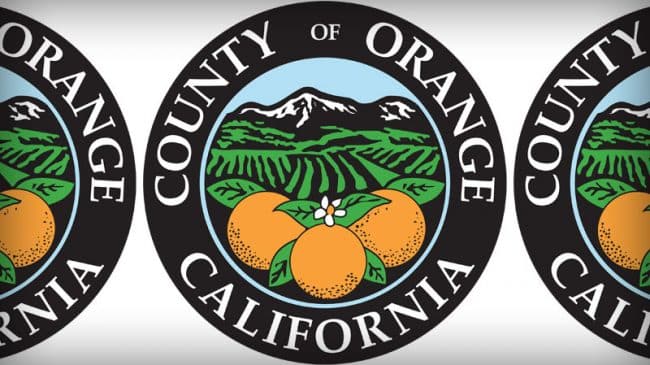Successful investors often know a good thing when they see it, and right now more than 250 private equity firms have investments in the education sector. San Francisco-based AltSchool, a for-profit community of micro-schools, just landed $33 million in venture capital. If Orange County wants to benefit from this trend, it needs to create an educational climate that is attractive to investors.
Orange County is home to just 14 charter schools right now. By comparison, there are over 300 charter schools in Los Angeles County, 120 in San Diego County, 37 in San Bernardino County and 26 in Riverside County.
Education ventures flourish where school choice and autonomy allow for experimentation.
“If a time traveler came back from the early 1900s, and looked at schools, they would look relatively the same. And there’s something wrong with that, because children and our world have changed,” said Max Ventilla, founder of AltSchool. “You’d never wanna get 1900-era health care. You’d never wanna buy a 1900-era car, but we’re sending our kids to 1900-era schools.”
AltSchool’s approach includes individualized “playlists” designed around each student’s strengths, curriculum goals and interests instead of traditional grade levels and single-subject classrooms. Classrooms are outfitted with microphones and video cameras that can be reviewed by teachers and parents to document when students have an “aha” moment which helps them to shape curricula specific to each student. AltSchool focuses on continuous innovation based on feedback collected from teachers, students and parents.
That’s the type of innovation happening outside of Orange County. While California may be famous for developing cutting edge technology, Louisiana is being called the Silicon Valley of education.
Louisiana’s Recovery School District, for example, is reshaping the way that we think about traditional school districts. As a statewide network of fully autonomous public charter schools, schools compete with each other to retain and attract students – and the dollars that follow them. No two schools are the same because school principals are empowered to manage their budgets and teachers are empowered to choose the right approach for students. As a result, RSD schools can specialize and differentiate.
For example, FirstLine Schools, a network of four elementary schools and one high school uses blended learning. SciTech Academy has partnered with Chevron to launch unique science and engineering programs, including a lab rotation model – students rotate between teacher-based instruction and tech-based instruction.
In New Orleans, where nine out of 10 kids attend charter schools, the NOLA Future of School Challenge is offering thousands of dollars in fellowships to educators working on models for “radically student-centered schools” so they can rapidly test, tweak and improve new ideas in classrooms. They want to find what works, improve it and replicate it.
Orange County could inspire this type of innovation by encouraging school choice and giving public school principals and teachers charter-like autonomy over school operations. To help get it started, voters and parents in the 28 school districts encompassed in Orange County could ask their local school board members how their school district principals and teachers are being empowered.
The influx of private capital for entrepreneurs to develop education will certainly improve educational offerings through competition.
But until Orange County moves toward giving traditional schools greater independence and choice, groundbreaking improvements in education will likely continue to happen elsewhere.
Katie Furtick is a policy analyst at the Reason Foundation. This column was originally published in The Orange County Register.
